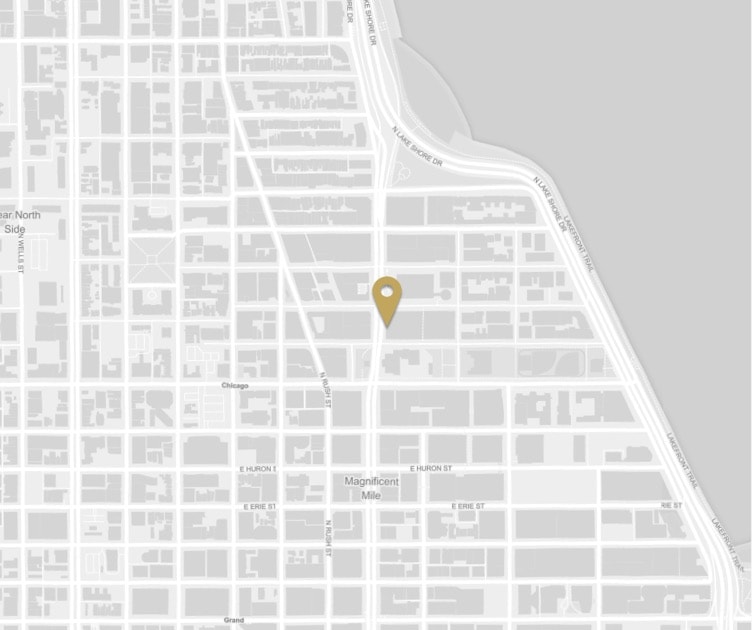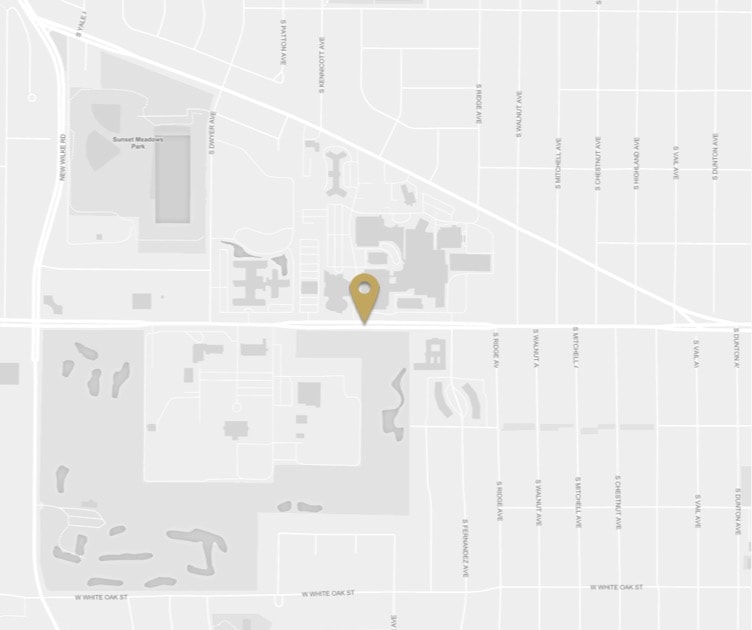So You Just Had a Mastectomy, Here are Your Options
If you had a mastectomy recently, it’s understandable to want to return to normalcy as soon as you can. Getting breast implants can help you do that.
As you are considering breast reconstruction with your surgeon, there are many things to consider. Your surgeon will present you with many breast reconstruction options that can be done with or without implants.
Learn more about the many breast reconstruction options below, then talk to your plastic surgeon about which may be the best choice for you.
Breast Reconstruction Using Implants
The most common breast reconstruction option is to go with a breast augmentation using saline or silicone implants. This procedure might be an option if your mastectomy left enough tissue in the breast and chest wall to offer cover and support for an implant.
If you lack enough tissue in the chest wall or don’t want breast implants, your surgeon may use a flap technique. This involves using a flap of abdominal skin and fat to make a breast shape.
There are several methods your surgeon can use for implant-based breast reconstruction:
Above Pectoral Muscle
Many patients want to have breast reconstruction as part of the mastectomy.
This procedure is performed right after mastectomy and provides a new breast immediately. After the mastectomy is done, the surgeon puts in a breast implant wrapped in a biological mesh to help the breast implant stay in place above the chest muscle.
This method may allow a faster recovery because the chest muscle has not been disturbed. Also, the breast implant isn’t affected by the chest muscle contraction.
Below Pectoral Muscle
This procedure also is performed immediately after the mastectomy and results in a new breast right away. The incision is usually done through the same one as the mastectomy.
After the mastectomy is finished, the surgeon will raise the chest muscle to place the implant. A biological mesh is also used to support the implant.
This one-step procedure provides a natural breast shape without further surgeries. Some surgeons prefer this method because the muscle on top of the breast implant can prevent wrinkling.
Delayed Breast Reconstruction With Tissue Expander
Some patients don’t have enough room in the chest after the mastectomy to place an implant, but there are ways to address the problem.
This procedure involves the use of a tissue expander placed behind the chest muscle through the mastectomy scar. This will keep the implant in place and obscure the outline.
A few weeks after the mastectomy scar is healed, the surgeon will slowly inflate the breast implant with saline to slowly expand the tissue to make room for the breast implant.
When the tissue is being expanded over a few weeks, you will feel a tightness and stretching sensation in the chest. Some find it uncomfortable, but it shouldn’t be too painful.
The expander is slowly inflated with saline until there is enough room for the permanent implant.
This procedure can be helpful if you don’t have sufficient skin left on the chest to cover and support the breast implant.
Reconstruction With Flap Procedure
The other major breast reconstruction option is the flap procedure. This uses flaps of your natural tissue, including skin fat and perhaps a muscle. The tissue can be taken from the back or lower abdomen, while others are taken from the thigh or buttock.
Tissue flap reconstruction is often used in delayed reconstruction cases, which is common if you needed radiotherapy. Flaps without breast implants also can be used for breast reconstruction immediately after mastectomy.
You could need an ultrasound or CT scan before this procedure to check the tissue’s blood supply that will make the new breast.
Note that breast reconstruction using your natural tissues is a longer surgery and takes more time to recover. But the advantage with the flap procedure is you are less likely to need revision surgery.
A rebuilt breast with your tissue may more closely match the other breast because the tissue is changed by weight, gravity, and aging.
There are two basic types of flap procedure:
- Pedicled flap: This flap stays attached at one end of the blood vessels so the muscle blood supply isn’t cut.
- Free flap: This flap is detached from your body along with the blood vessels. The surgeon reattaches it with microsurgery, where the reconstructed breast will sit.
There are many advantages and disadvantages to these flap procedures. Your surgeon will go over your options and recommend based on your anatomy and goals.
Lipomodelling
This is another procedure used after breast reconstruction to enhance the breast size, adjust its shape, or hide wrinkles and ripples.
Lipomodelling uses fat taken by from another part of the body, such as the abdomen or flanks. The fat is washed and processed before being injected into the new breast.
This procedure may need to be done more than once to provide the optimal breast shape.
There are many breast reconstruction options after surgery, and technology has advanced tremendously in recent years. Your surgeon will work closely with you to guide you through your options.
Together, you can arrive at a plan of action for breast reconstruction best for your personal and aesthetic goals.
References
Breast Reconstruction Techniques. (2020). Accessed at https://www.plasticsurgery.org/reconstructive-procedures/breast-reconstruction/techniques
Breast Reconstruction Overview. (n.d.). Accessed at https://www.breastcancer.org/treatment/surgery/reconstruction/types
Breast Reconstruction Types. (n.d.). Accessed at https://breastcancernow.org/information-support/facing-breast-cancer/living-beyond-breast-cancer/types-breast-reconstruction



